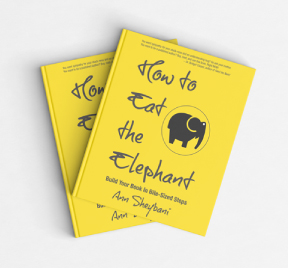Writing
The Trouble With Beavers
February 26, 2016
Once upon a time, Walt and I were out for a morning run. It so happens that our running route takes us past a river. Because it was springtime, we began to spot signs of heightened animal activity. The beavers in particular had been very busy.
We trotted past a very large oak. Apparently the beavers had been gnawing on it for weeks on end. They almost had the whole tree down. Another day or so of work, and the trunk would likely snap in half. But then, a little farther down the road, I noticed that the beavers had started in on another tree. They’d done quite a job on it as well. That’s when I spotted the rest. I counted all of the partially gnawed trees, and do you know how many there were? Fifteen! And not a single one had been taken down, which, I believe, is the goal of the beaver.
See, a beaver’s job, for those of you unfamiliar with the habits of North American wildlife, is to bring trees down into the water in order to construct a damn. They live in small, calm pools of water that are created by these damns. Damns don’t miraculously appear because a beaver would like them to; they must be built. That’s how nature works.
Being the intuitive sort, I could practically hear what these beavers were thinking. “Damn, I’m tired. I don’t know how much longer I’ve got to chew on this stupid tree.” Leaning back on his tail and looking around, one of them must have spied a smaller tree; a tree with deceptively soft bark. “Let’s go for that one. That one looks easier to take down. Not as big, not so complicated.”
You might not know this but beavers are short and quite near-sighted. They can’t step back far enough to see the trees for the forest. They’re blind to the fact that, if they just kept at it, if they just worked through the ubiquitous obstacles, that old oak would fall sooner rather than later. Cursed with poor memories as well, beavers are incapable of remembering that the minute they start in on a different tree, they will, as God is their witness, invariably run into the same set of problems they encountered with the first.
Don’t be a beaver.
When you run into an obstacle while working on your book, any obstacle, do not run away from it. Don’t start in on a different story (or even a different project) thinking it will be easier because you don’t immediately know how to solve your problem. Be patient.
Stick with your big tree and gnaw on it until you take the damn thing down. Your job is to get that tree in the water, not to chew on fifteen different trunks. Trust that, like a nearly blind beaver, you don’t have a decent vantage point. You can’t tell how long your project is going to take until it’s done, and that’s OK. Be patient. Keep gnawing. Don’t quit and scurry off to work on something that looks easier. Adjust your angle, brush your teeth, whatever, just keep at it.
Now, if you liked this story, you’ll LOVE the book from whence it cometh. And you can buy that book by clicking on this little ole link. You’re SO welcome.
One more thing, in the interest of continuing education.



